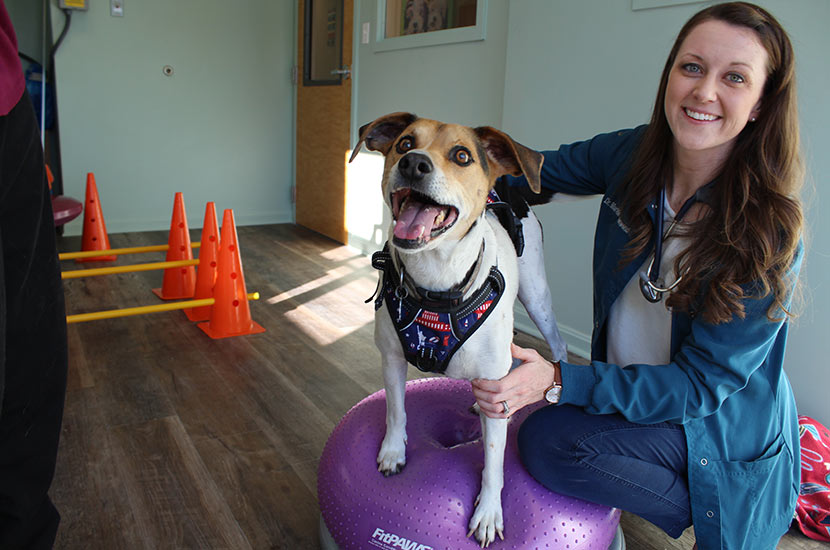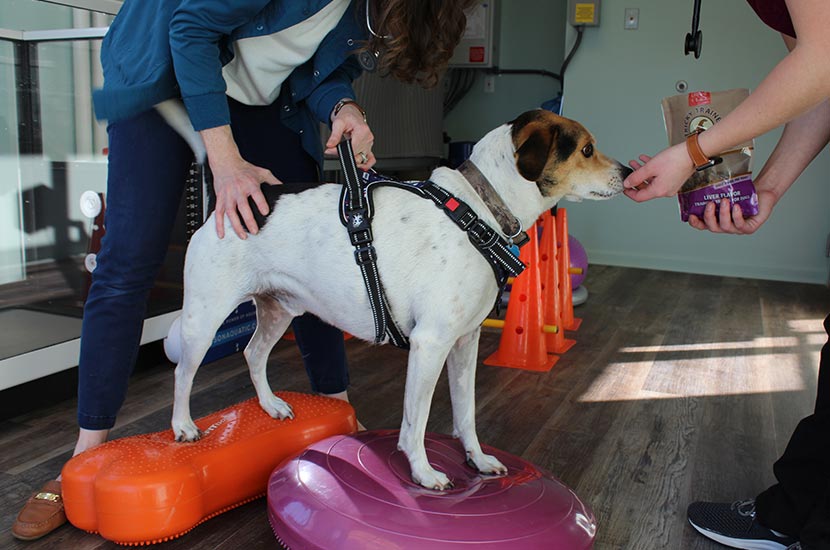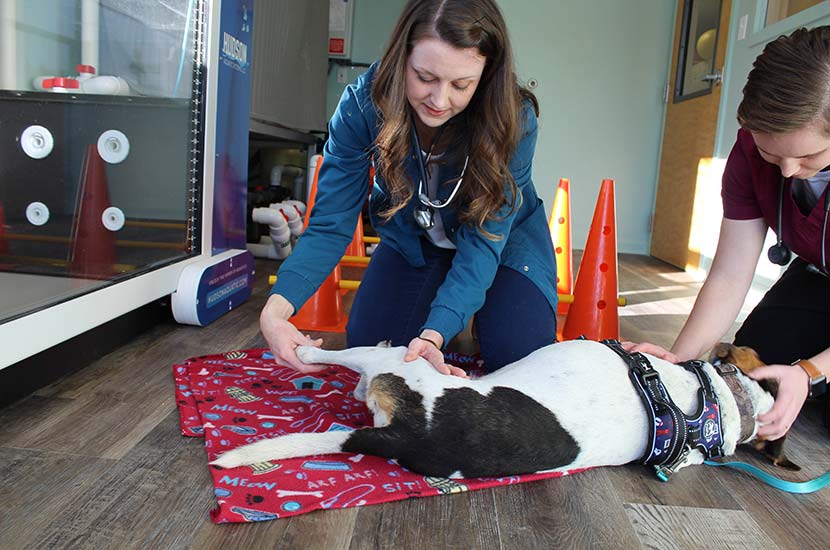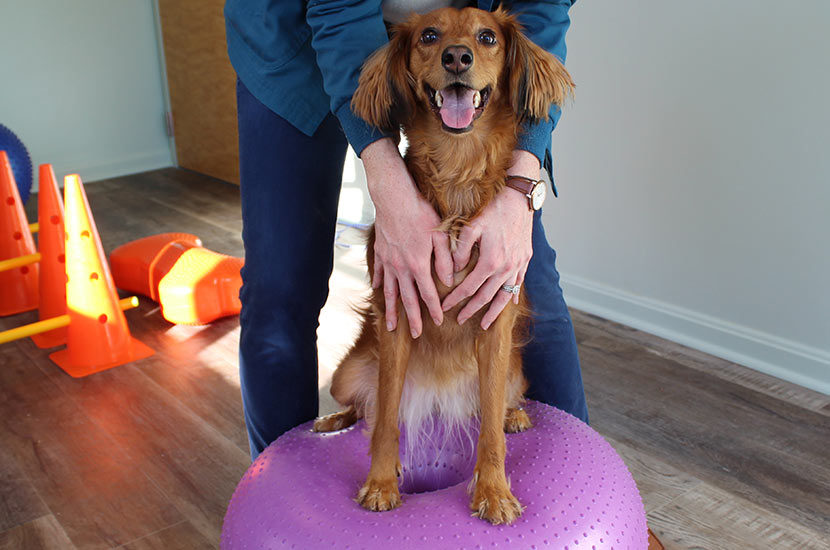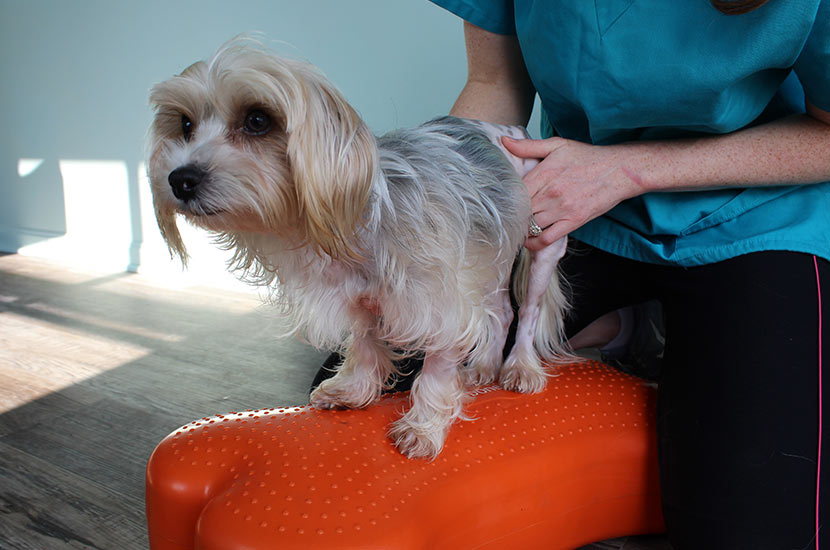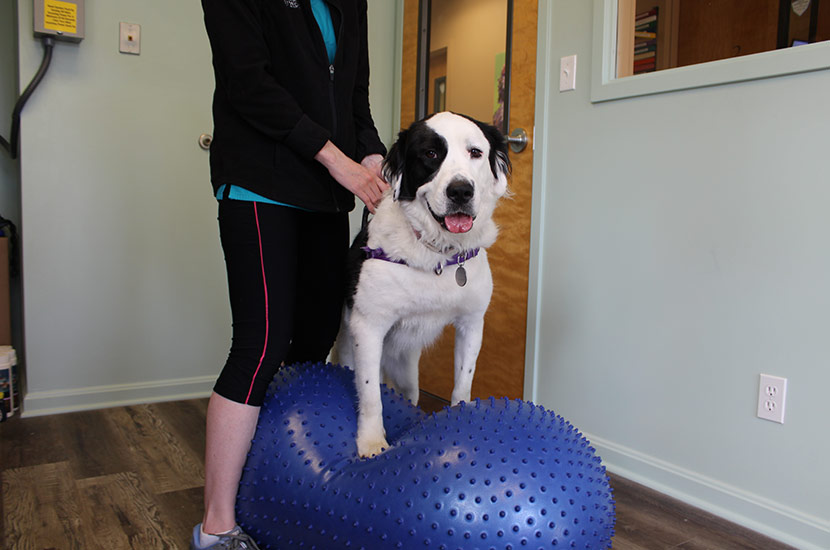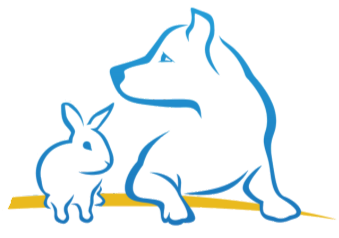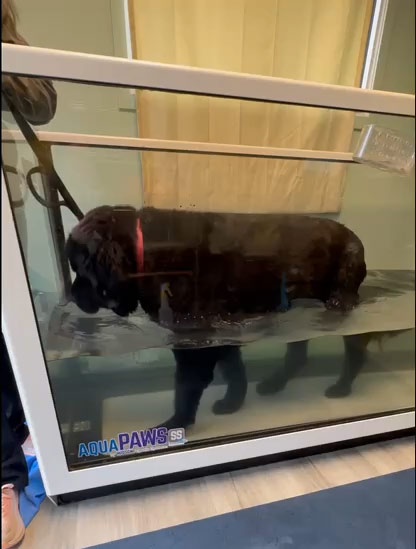Our Services
Pet Rehab
Physical rehabilitation involves the diagnosis and management of patients with either painful or functionally limiting mobility issues, particularly those afflicted by orthopedic or neurological conditions.
Pet Rehab
The goal of rehabilitation is to achieve the highest level of function and quality of life possible for that patient. Rehabilitation can assist animals in recovery from surgery, injury, loss of mobility, weakness, or pain. After many orthopedic surgeries, rehab therapies can help aid in a faster recovery for pets. Rehabilitation practitioners can also size animals for different types of assistive devices, such as wheelchairs, harnesses, or braces. Physical rehabilitation includes using specific stretching and exercises, massage/manual therapies, and therapeutic modalities. Whether it is a geriatric dog suffering from arthritis or a sporting dog with a soft tissue injury, rehab can be a great way to help decrease pain, strengthen pets, and ultimately improve their quality of life.
Patients suffering from any of the conditions listed below can potentially benefit from physical rehabilitation:
◉ Arthritis
◉ Cruciate ligament tears
◉ Orthopedic Fractures
◉ Hip/elbow dysplasia
◉ Amputees
◉ Obesity
◉ Intervertebral disc disease
◉ Fibrocartilaginous embolism
◉ Degenerative myelopathy
Underwater Treadmill
Underwater treadmill therapy gives a distinct benefit to our patients. Aquapaws is the brand that is used in the clinic. The coordination and balance they possess are put to the test when walking in water. The patient’s weight is supported by the buoyancy of the water, which also offers resistance. Underwater treadmill therapy is a fantastic therapeutic option for pets who struggle to walk, stand, or even exercise because of neurologic or orthopedic issues. It’s also wonderful for pets with arthritis, those who are overweight, or those who simply need more activity.
Markie Dohrenwend, DVM, CCRP, CVMA
The CCRP stands for Certified Canine Rehabilitation Practitioner.
Markie Dohrenwend grew up surrounded by engineers, both parents, and both siblings, so she loved the idea of focusing on the mechanical aspects of animals as well as creating mobility devices for them. After several externships in vet school involving the creation of different prosthetics, orthotics, and braces for animals, she was hooked. She found that the veterinarians that worked most with the form and function of limbs and mobility were veterinarians specializing in physical rehabilitation. She eventually obtained her certification to become a rehabilitation practitioner through the CCRP program at the University of Tennessee in 2017.
